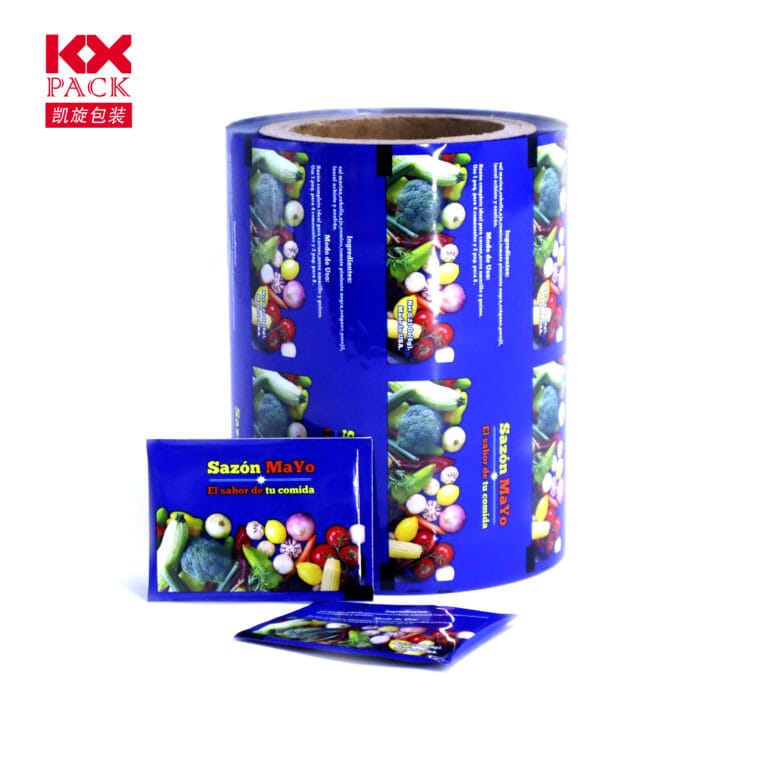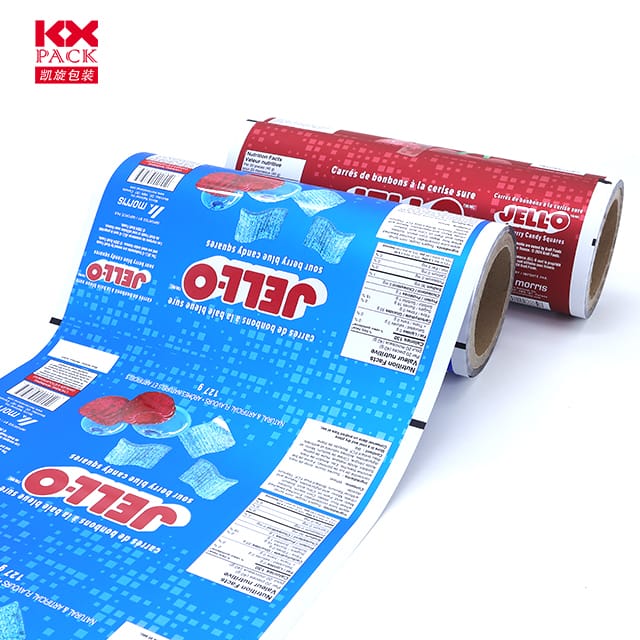Explorer l'évolution et l'innovation du film papier: Du moyen artistique à la merveille industrielle
Film
Dans une époque dominée par les écrans numériques et les matériaux de haute technologie, le termeFilm pourrait évoquer la nostalgie pour des bobines de film analogiques ou une curiosité à propos de ses applications modernes. Encore, Cet humble médium a transcendé ses racines historiques pour devenir un matériau polyvalent avec des implications de grande envergure à travers l'art, industrie, et la technologie. Démêlons l'histoire du film papier - ses origines, transformations, et utilisations de pointe.
Une perspective historique: La naissance du film papier
Film, souvent appelé Film en français, Trace ses origines au cinéma précoce. À la fin du 19e siècle, À mesure que le cinéma est devenu une forme d'art révolutionnaire, La France est devenue un pionnier dans l'adoption de ce médium. Contrairement au film celluloïde traditionnel, qui était sujet à l'inflammabilité et à la dégradation, Un film papier a offert un plus sûr, Alternative plus durable pour la projection. Sa structure légère et son adaptabilité en faisaient un favori pour les cinéastes expérimentaux, qui a exploité sa texture pour créer des visuels oniriques et une narration tactile.
Cette itération précoce du film était plus qu'une innovation technique - c'était un pont culturel entre l'Europe et l'Amérique. Au fur et à mesure que le cinéma a évolué, Ainsi le film papier, évoluant d'un milieu de niche dans un symbole de l'échange artistique croisé.
Applications modernes: Au-delà de l'écran argenté
Aujourd'hui, Le film a élargi ses horizons bien au-delà du cinéma. Son adaptabilité et ses propriétés écologiques en ont fait un incontournable des industries allant de l'emballage aux soins de santé.
- Solutions d'emballage durables
À l'ère de la conscience environnementale, Le film est devenu une alternative verte au plastique. Des entreprises comme Changzhou Hongtai Paper Film Co., Ltd., un fabricant chinois spécialisé dans les fournitures médicales jetables, Produisez maintenant un film papier pour un emballage éco-conscient. Sa nature biodégradable et sa capacité à se conformer aux formes irrégulières le rendent idéal pour les emballages alimentaires, enveloppements médicaux, Et même des films de fenêtres architecturales. - Essentiels de laboratoire
Les scientifiques s'appuient depuis longtemps sur les propriétés uniques du film pour les applications de laboratoire. Des produits comme Paroisse® m, un, film semi-transparent, sont utilisés pour sceller les boîtes de Pétri, tubes à essai, et même pour les tâches délicates comme le transfert de réactifs en microscopie électronique. Sa résistance à l'humidité, gaz, et les produits chimiques assurent l'intégrité de l'échantillon - un facteur critique dans la recherche et le développement. - Renaissance artistique
Le monde de l'art a redécouvert le charme du film papier. Les artistes l'utilisent maintenant pour des impressions photo fabriquées à la main, Installations mixtes, Et même comme toile pour les projections numériques. Sa finition mate et sa capacité à absorber la lumière créent une esthétique nostalgique, Mélanger le passé avec le présent.
L'avenir du film papier: Innovation et durabilité
Alors que les industries pivotent vers la durabilité, Le film est prêt pour une renaissance. Les progrès de la science matérielle ont conduit au développement de Film de singe, un thermoplastique recyclable avec des applications en emballage, électronique, et les secteurs automobiles. Son léger, transparence élevée, et la résistance à l'impact en fait un concurrent aux plastiques traditionnels, avec l'avantage supplémentaire d'être recyclable.
De plus, L'intégration du film avec les technologies numériques, comme dans le film Légende de la déification (2024), où la technologie DeepFake a été utilisée pour ressusciter numériquement des acteurs emblématiques - Inthes dans un avenir où la narration analogique et numérique coexiste.
Conclusion: Un médium intemporel dans un monde moderne
De ses humbles débuts au début du cinéma à son rôle actuel en tant que durable, matériau multifonctionnel, Le film papier a prouvé sa résilience. Si préserver le passé, innover le présent, ou façonner l'avenir, Ce médium continue d'inspirer la créativité et de conduire les progrès.
Alors que nous regardons vers l'avenir, Une chose est claire: Le film papier n'est pas seulement une relique du passé - c'est une toile pour les possibilités de demain.
Que pensez-vous de l'avenir du film papier? Partagez vos idées dans les commentaires ci-dessous! 🎥✨
Mots clés: Film, emballage durable, matériaux de laboratoire, médium artistique, Film de singe, Technologie DeepFake, histoire du cinéma, Innovation écologique.






